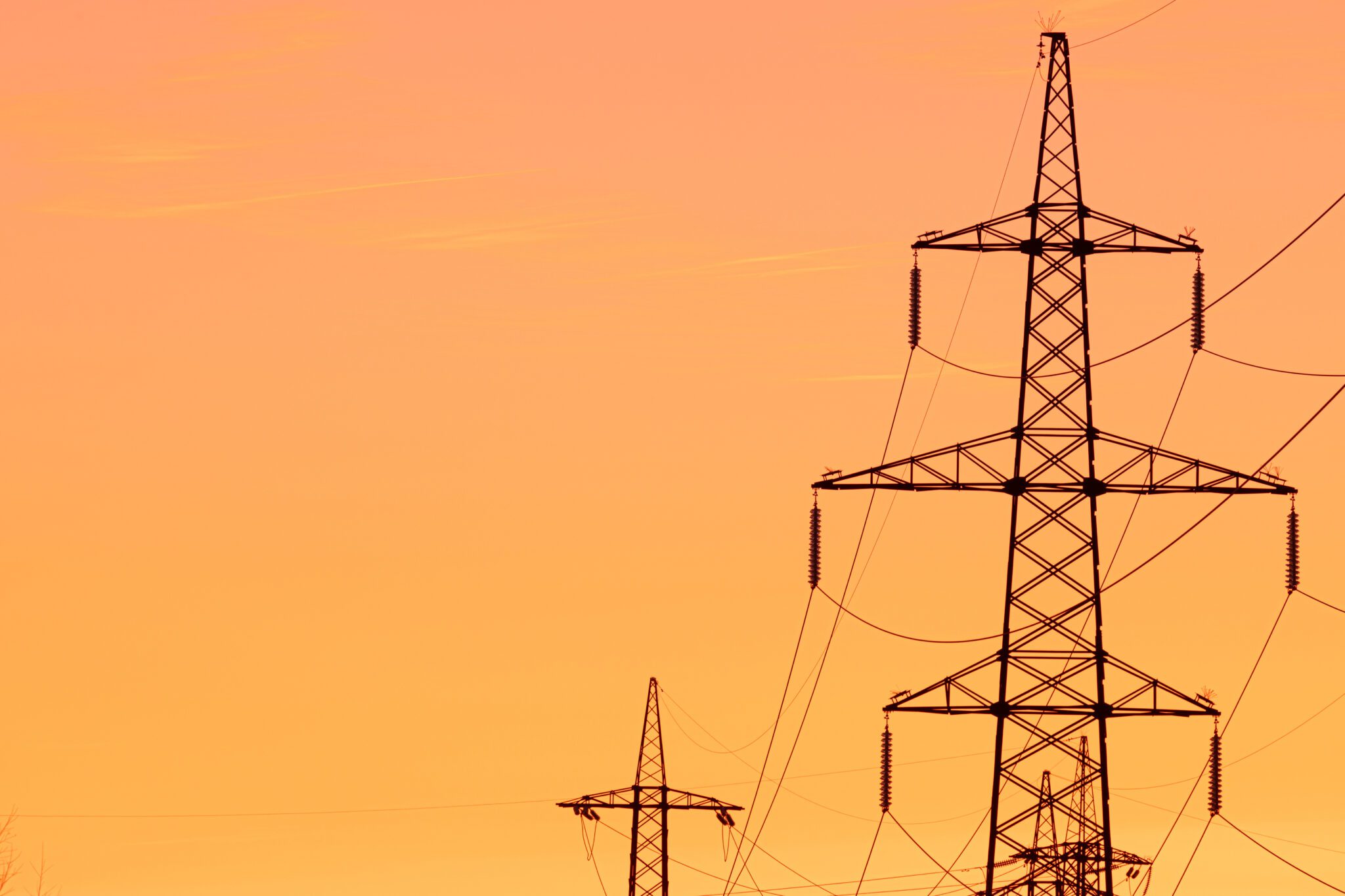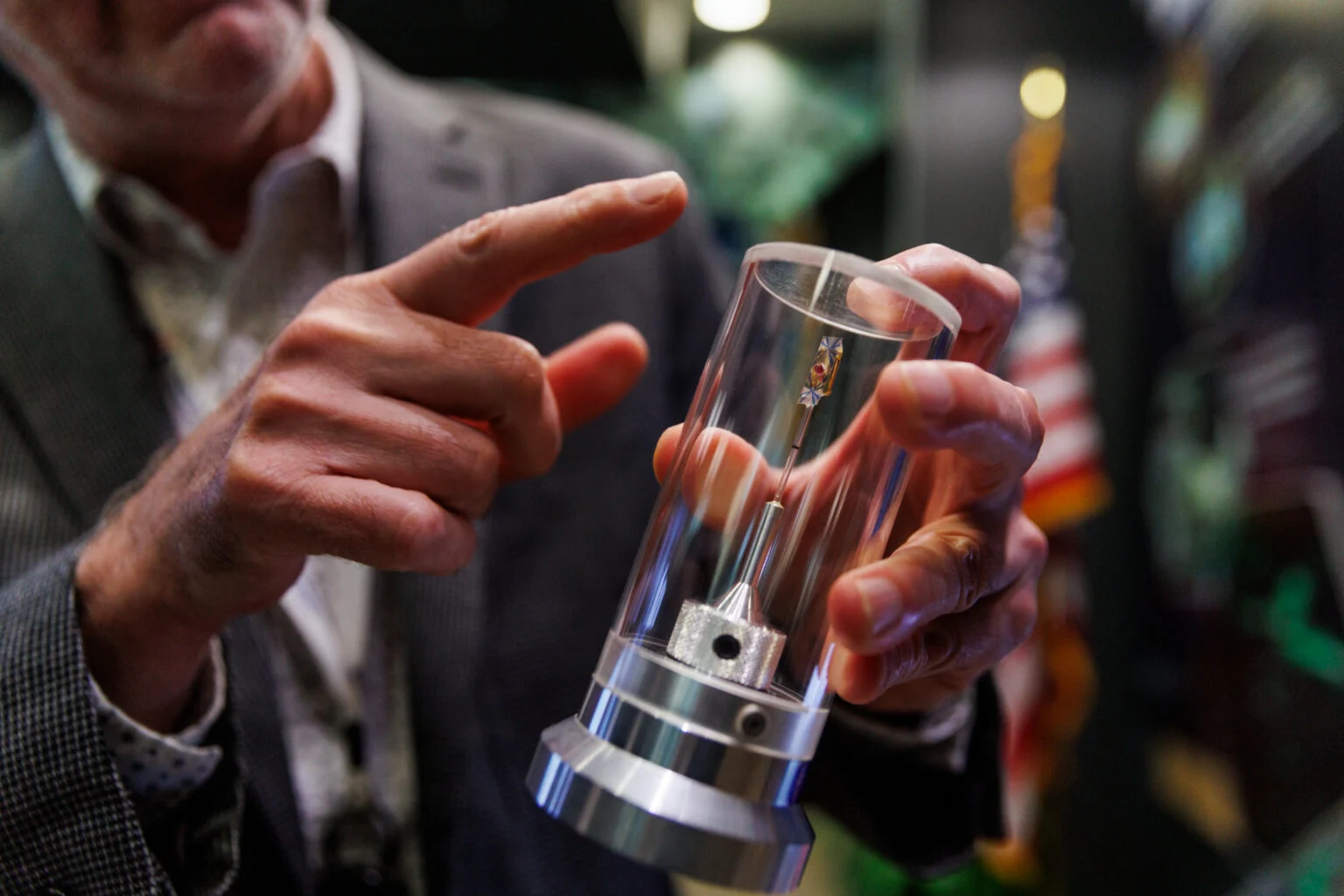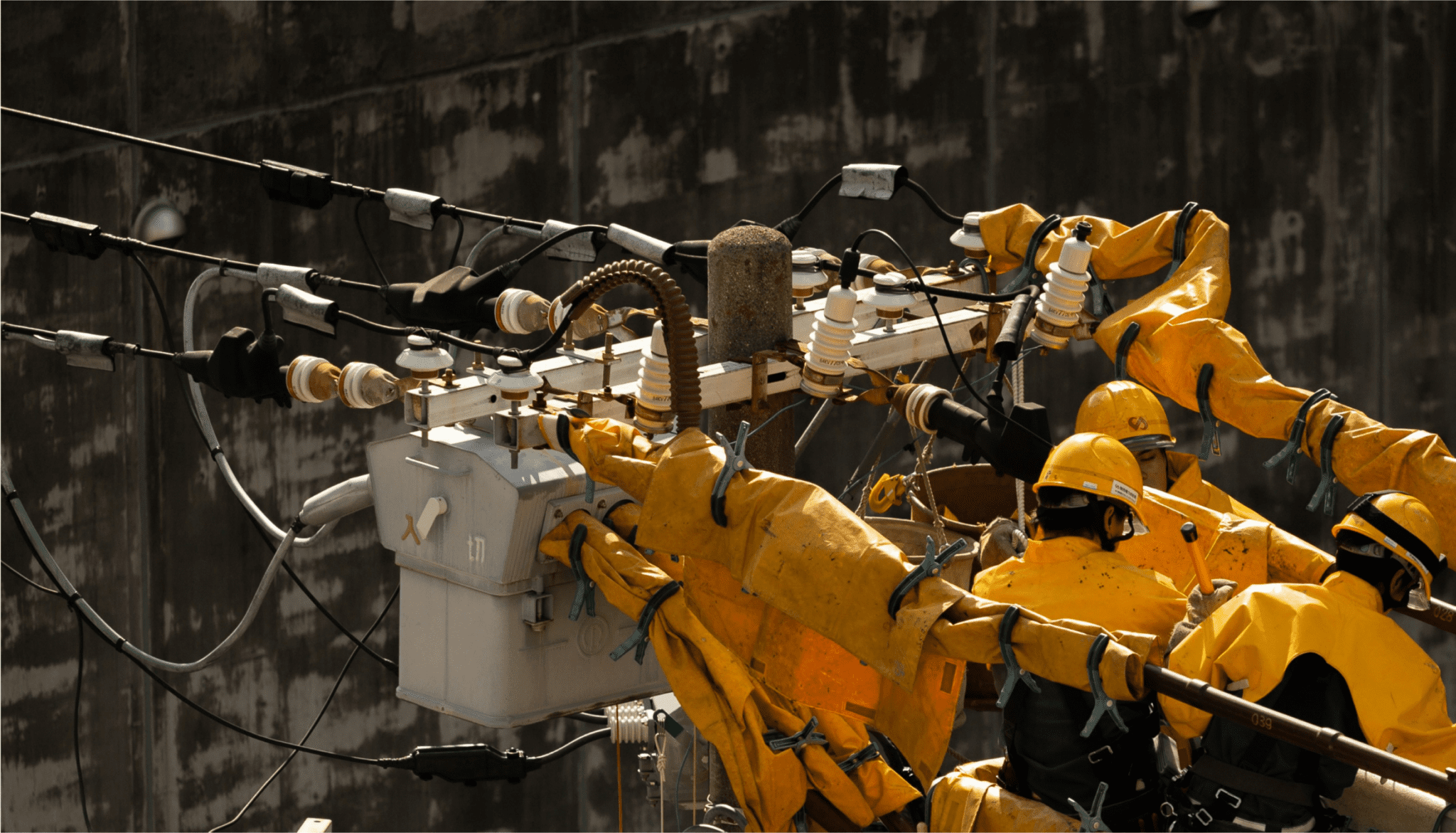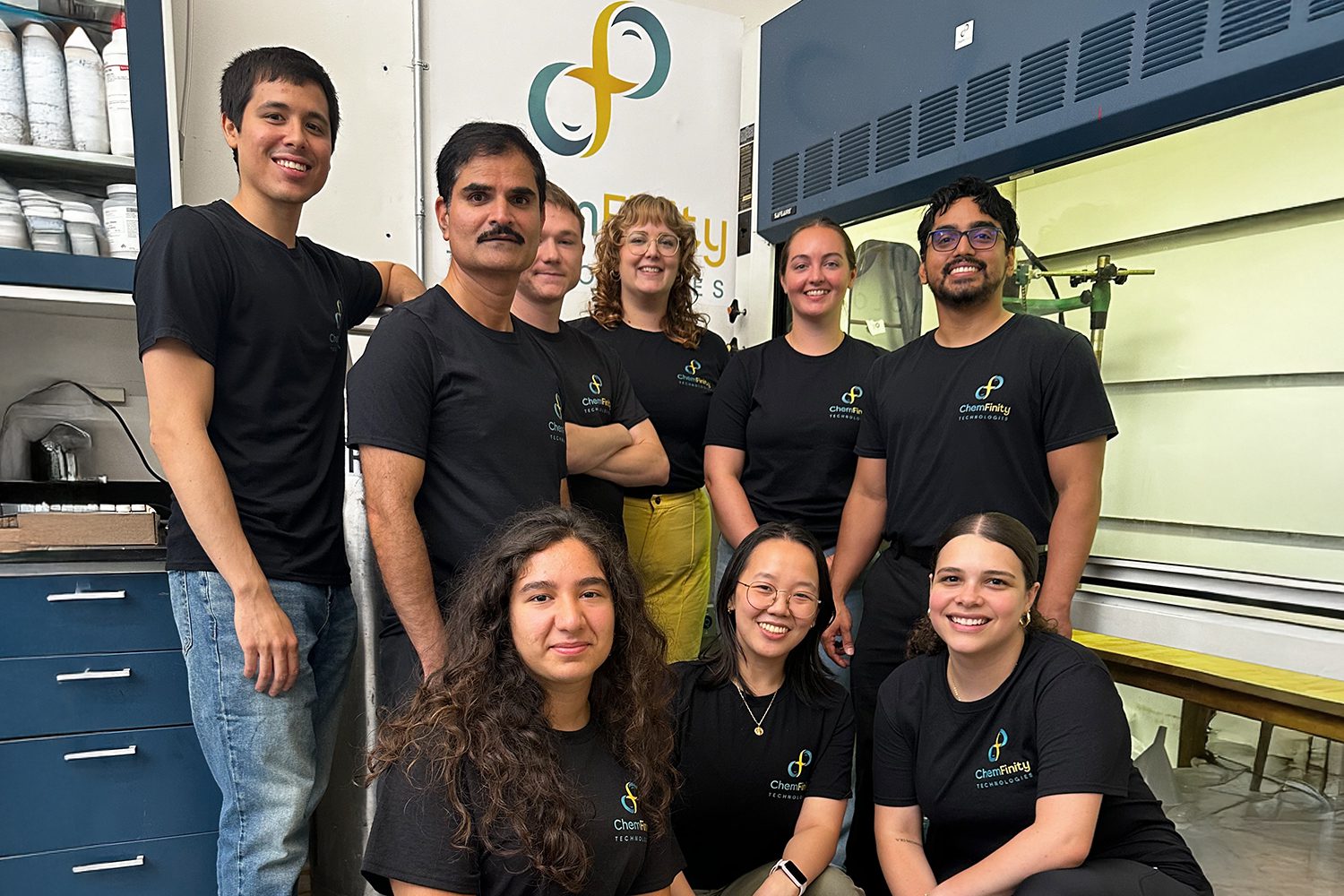This article is the last in a series of posts on why America must upgrade its power grid if we want to meet our 2050 climate goals. Other articles in the series that explain why transmission is key to unlocking a future powered by affordable and abundant clean energy can be found below:
- Embracing Innovation: Transforming the Grid for a Sustainable Future | Breakthrough Energy
- How a little-known rule could help stabilize the grid | Breakthrough Energy
- The transmission challenge ahead | Breakthrough Energy
Over the last several months, Breakthrough Energy has been making the case that America must update its power grid, build more transmission lines, invest in innovative transmission technologies, and better connect grids across regions. The reason is simple: without a massive expansion and upgrade of the high-voltage transmission grid, the U.S. cannot reach our climate goals or meet our country’s clean energy needs.
While the country has made clean energy progress over the last few years, the grid solutions we need will require a reimagining of nearly a century of transmission policy (The Federal Power Act was written in 1920!). So, to wrap up our series on transmission, we wanted to share the latest insights into the current policy landscape and what policymakers still must do.
Recent Changes in U.S. Transmission Policy
Recent legislative action, specifically the Bipartisan Infrastructure Law (BIL) and the Inflation Reduction Act (IRA), made significant stride forward for transmission infrastructure. Together, these bills allocated approximately $15-$20 billion for transmission expansion. The BIL, for example, also provided policy updates for federal transmission siting and permitting, while IRA offered nearly $3 billion for transmission investments.
Moreover, the Federal Energy Regulatory Commission (FERC) and the Department of Energy (DOE) are spearheading initiatives to prepare the U.S. grid for the clean energy future. FERC's new and proposed rules (called a Notice of Proposed Rulemakings, or NOPR) focus on transmission planning and grid interconnection. In parallel, DOE has developed the Building a Better Grid Initiative, which will coordinate Department-wide efforts alongside the Grid Deployment Office at DOE to distribute transmission funding and execute critical system-wide planning efforts such as identifying high priority transmission needs across the country through the National Transmission Needs Study.
Additionally, regional coordination and long-term transmission planning efforts are making progress. A great example is the Long-Range Transmission Planning (LRTP) process led by the Midwest’s grid operator, the Midcontinent Independent System Operator (MISO), which will increase reliability while enabling 50GW of new clean energy deployment. Other regional transmission organizations (RTOs) like PJM (mid-Atlantic) and CAISO (California) have announced similar efforts. These processes promise significant clean energy capacity, job creation, and carbon emissions reduction.
However, these planned investments—if realized—are only a fraction of what's needed for a complete power sector decarbonization and to meet our economy’s broader power needs. Princeton's Net Zero America study estimates that high-end use electrification will need between $200-300 billion in investments, boosting current transmission capacity about 60% by 2030 and 3x by 2050.
Understanding the Regulatory Process and Barriers: The Three P’s of Transmission
Planning
Transmission planning in the United States involves a multi-step, complex process coordinated by FERC planning regions, typically consisting of RTOs/independent system operators (ISOs) or planning authorities in bilateral (non-RTO) markets. The steps range from identifying transmission needs to cost allocation and finally, gaining approval from several regulatory bodies.
FERC recently finalized one rule to improve the generator interconnection processes, i.e., connecting new projects to the grid, and has another one in process to streamline transmission planning. Once both rules are final, they will make the electric grid more efficient, reliable, and accessible for new generators. In addition to federal rule-making, state and regional authorities must support initiatives to increase transmission planning and grid interconnection. These initiatives are instrumental in preparing for a clean energy future, allowing the effective integration of renewable energy sources into the grid.
Paying
One of the biggest challenges in this process is cost allocation, where FERC's current method has drawn criticism due to its current methodology failing to account for all benefits that transmission provides. As a solution, we believe that updating and expanding the beneficiary method to include benefits beyond just reliability or economics alone would provide a more direct link between the costs and benefits of transmission infrastructure. When coupled with long-term planning, this would create stronger incentives for efficient system usage. To better understand these two challenges, I highly recommend this episode of the Planet Money podcast.
Permitting:
As seen in the chart below, interregional and regionally planned transmission projects can face long delays for a myriad of reasons, chief among them due to right-of-way issues. These projects can take up to ten years to fully permit, and many projects do not reach the final siting stages. The siting process varies at the state level but typically involves the state's public utilities commission (PUC or PSC).
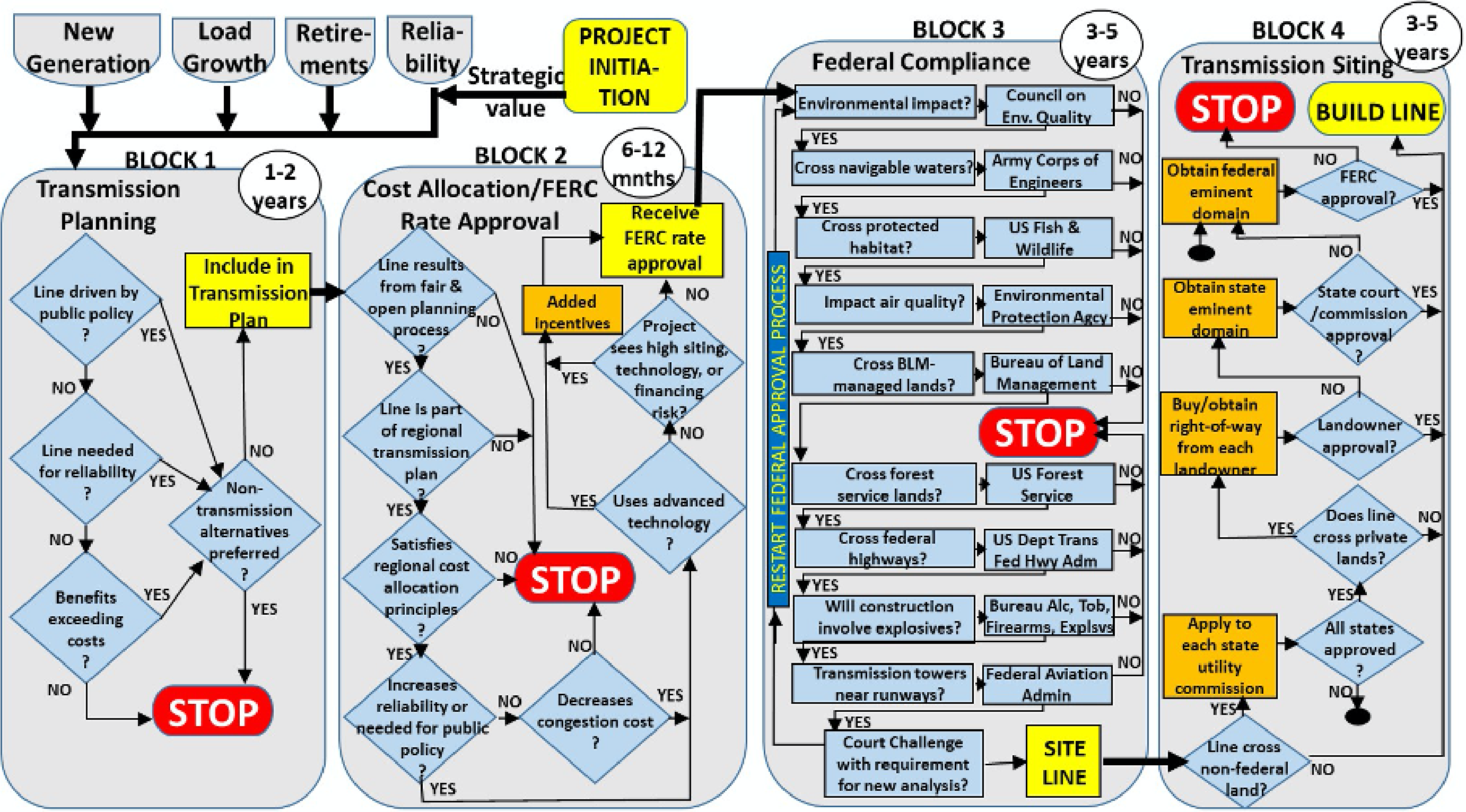
Transmission planning, cost allocation, approval, siting process in the US. Source: Macro Grids in the Mainstream: An International Survey of Plans and Progress, adapted from NEMA.
These state and regional authorities play a crucial role in streamlining the permitting process for high-voltage transmission lines. For example, they should coordinate to create consistent, simplified guidelines for siting and construction, thus accelerating the deployment of critical infrastructure.
This issue is complex and will require striking a balance between achieving our goals to improve the grid while listening and engaging with state and local concerns. But there are efforts underway which would allow quicker action to site nationally important lines such as DOE’s new National Interest Electric Transmission Corridors (NIETCs) and enhanced siting authority (backstop siting) at FERC. This process will allow DOE to designate certain projects/lines serving a national purpose like reliability and resilience, cost reductions or emissions reductions, and/or economic development thereby facilitating the construction of critical infrastructure while granting FERC the ability to issue the necessary permits.
The grid solutions we need will require a reimagining of nearly a century of transmission policy
While it’s clear the United States has made significant strides in updating its transmission policies, achieving a decarbonized power sector will require federal, state, and regional entities to engage in constructive dialogue with key stakeholders to drive agreement on cost allocation methodologies, siting processes, and other key aspects of transmission permitting. The road is complex and long, but the rewards are immense. Why? Because there is no transition without transmission.

